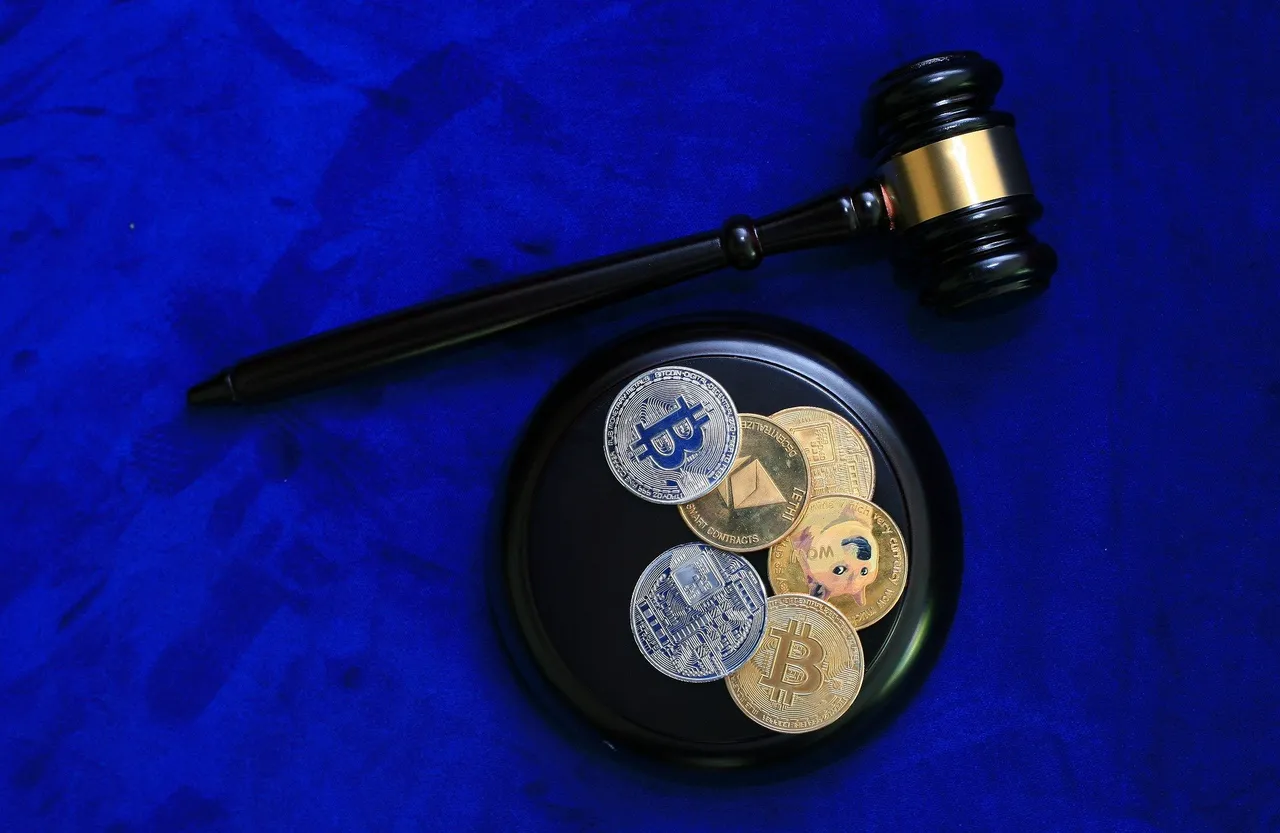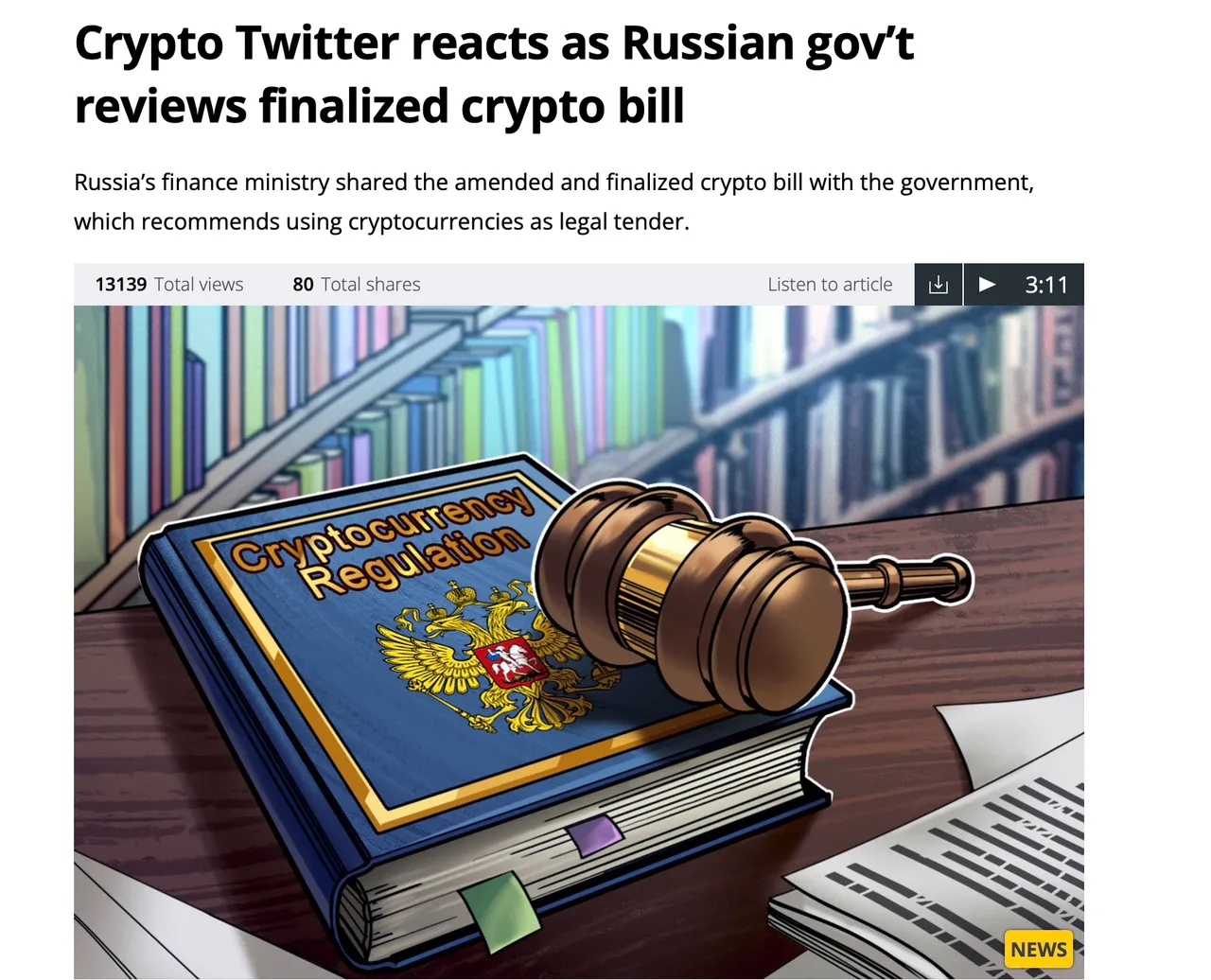
After a decade of innovation and speculation, cryptocurrency adoption continues to be impeded by a plethora of factors. Recently, regulatory pressure has been the main catalyst, causing prices to rally and plummet within the market. Regulation guarantees protection for investors, and they are disinclined to get involved in the crypto space unprotected. On the other hand, regulation goes against the very foundation of blockchain technology: decentralization.
The controversy surrounding decentralization stems from the unpredictable volatility as a result of the permissionless ecosystem. According to Coinmarketcap, there are over 19,000 different cryptocurrencies, and as seen in the past, not all of these projects are legit. There are no qualifications or criteria someone must fit before getting involved in the crypto space. This makes the asset class more susceptible to market manipulation, scamming unaware investors out of personal funds. In the event of a network hack or rug pull, there is no establishment responsible for recovering lost capital, again leaving investors out of luck.
What does regulation mean for crypto?

As I mentioned earlier, regulations on cryptocurrency go against the meaning of decentralization, so we must understand the purpose of decentralization and the benefits that it offers.
Decentralization
Decentralization encourages a trustless and permissionless environment; it deals with the way influence and authority are structured within an organization. As opposed to a centralized structure of authority with a CEO overseeing all operations, a decentralized environment consists of no ranking positions, no one holds more authority than others on a permissionless protocol; consensus within a decentralized system is achieved through a majority vote. Third-party assistance is not required for a P2P frame model to conduct or verify transactions, resulting in cheaper processing fees and quicker finality.
Getting involved in the crypto space requires little documentation or personal information, the absence of intermediaries verifying identities makes for a quicker onboarding process. There is no permission needed to participate, and incentive mechanisms are in place to ensure honesty and authenticity from participants in exchange for rewards. Decentralized systems operate on not just one server, but an enclosed network of computers around the world, making it difficult for a single individual or group to alter or reduce the functionality of the protocol. Each network participant holds the same version of a blockchain and the contents that it contains, any member with an altered or inaccurate version of the chain is rejected by the rest of the network.
Disadvantages
Decentralized systems are self-operated, leaving them more vulnerable to attacks. There is no federal or government backing of any kind for blockchain systems, and while undermining them can be difficult, it doesn’t stop hackers from trying. Irreversible transactions on the blockchain make it difficult to recover stolen funds in the event of a breach. Axie Infinity recently underwent a network attack that resulted in the loss of about 173,600 Ether tokens worth about $600 million; crypto exchange Binance has been able to recover nearly $6 million, but the remaining funds are still in the hands of the alleged hacker(s). The pseudonymous nature of the blockchain space allows users to retain anonymity while participating on a blockchain, so hackers are rarely held accountable.
Unpredictable volatility has also been an issue for the crypto asset class. Many altcoins are promoted on social media as get-rich-quick schemes promising massive returns, so there are more short-term holders than long-term investors. This disproportionate paradigm hinders market stability which leaves depositors more disinclined to invest. Price sentiment is also influenced by large net worth individuals in the market known as “whales”, single transactions that are significant in volume indicate a possible rally or selloff.
Regulatory Changes
New rules set in place could potentially mitigate instances as mentioned above. Establishing a framework in which tokens must be vetted before being made available to the public (similar to the SEC) would certainly destroy the plethora of meme coins on the market. This is easier said than done however because the SEC regulates securities for the United States alone, and cryptocurrencies are a global asset class. A trustless environment is convenient for an enclosed network, but having these protocols verified by a trusted source would alleviate depository hesitation knowing investors are only investing in certified projects.
Regulation Challenges
Regulation may sound like a simple solution for crypto-related predicaments, but it’s easier said than done. As mentioned earlier, digital assets are a global asset class, as well as a new one. Asset regulations are subject to an individual country’s government, so what is accepted in one country might be prohibited in another. Without a common framework for which cryptocurrencies are certified as a legit investment, each country will have a distinct selection of currencies available for trading.
Certifying digital assets will attract more long-term investors, which will result in more stable markets. As more institutions and governments begin to bet on digital assets, promoting them will go beyond just community forums on social media, which can be misleading. Regulation compliances can help cryptocurrencies more than hurt them.